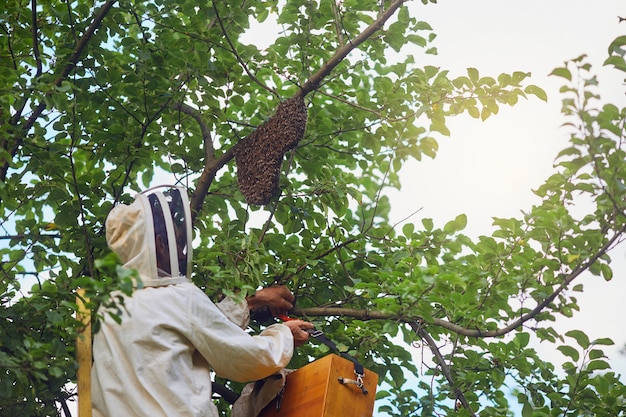
Comprehensive Pest & Termite Control Services
Pest and termite infestations pose significant challenges to homeowners and businesses alike. These unwelcome guests can cause substantial damage to property and pose health risks to inhabitants. Understanding the importance of comprehensive pest and termite control services is crucial to maintaining a safe and healthy environment. This article delves into the various aspects of pest and termite control, offering insights into effective management strategies and prevention techniques.
Understanding Pest Control
Effective pest control involves identifying and eliminating pests while minimizing harm to humans, pets, and the environment. Pest control services address a variety of invaders, including insects, rodents, and other wildlife.
Common Types of Pests
- Ants
- Roaches
- Rodents
- Spiders
- Bedbugs
Each type of pest requires specific management techniques. For instance, ant infestations may be treated with baiting systems, whereas rodent problems often require traps or exclusion methods. Read more about this topic.
Termite Control Services
Termites are particularly destructive pests, known for causing extensive damage to wooden structures. Termite control is a specialized service focusing on prevention, inspection, and treatment to protect properties from these wood-destroying insects.
Detection and Inspection
Early detection of termite activity is crucial. Regular inspections help identify signs of infestation, such as mud tubes, wood damage, and discarded wings. Professional services use advanced techniques like thermal imaging and moisture meters to detect termites effectively. Learn more in this detailed guide.
Treatment Methods
- Chemical Treatments
- Baiting Systems
- Physical Barriers
Chemical treatments often involve liquid termiticides applied to soil, creating a barrier around the property. Baiting systems use strategically placed stations to attract and eliminate termites. Physical barriers, such as stainless steel mesh, are installed during construction to prevent termite entry. Explore further insights here.
Prevention Strategies
Prevention is a key aspect of pest and termite control. Implementing effective prevention strategies can significantly reduce the risk of infestations.
Integrated Pest Management (IPM)
Integrated Pest Management is a holistic approach that combines multiple strategies to manage pest populations effectively. It emphasizes:
- Monitoring and Identifying Pests
- Setting Action Thresholds
- Prevention Techniques
- Control Methods
This approach minimizes the use of chemicals and focuses on long-term prevention. Find additional information here.
Environmental Considerations
Modern pest and termite control services prioritize environmentally friendly practices. The use of eco-friendly products and methods ensures minimal impact on the ecosystem while effectively managing pests. Strategies include:
- Use of Natural Predators
- Biodegradable Chemicals
- Habitat Modification
These practices not only protect the environment but also ensure the safety of occupants. Learn more in this detailed guide.
Conclusion
Comprehensive pest and termite control services are essential for safeguarding properties and maintaining a healthy living environment. By understanding the threats posed by various pests and implementing effective control and prevention strategies, property owners can reduce potential damage and health risks. Regular inspections, coupled with integrated pest management and eco-friendly practices, form the cornerstone of successful pest and termite management. Read more about this topic.